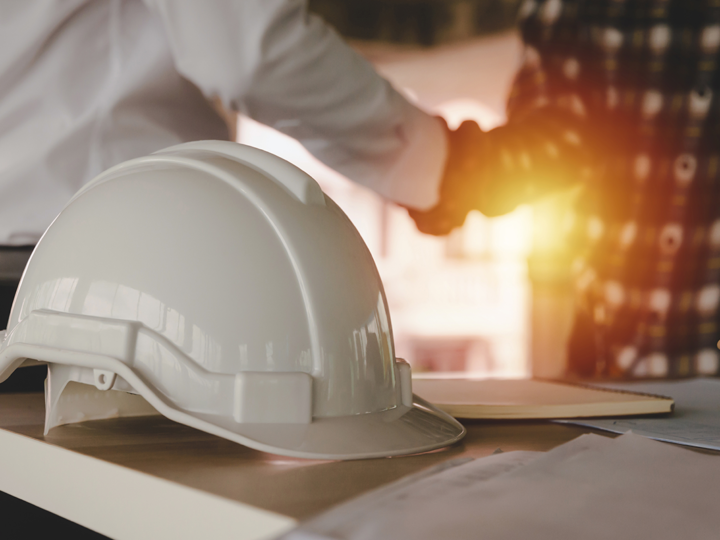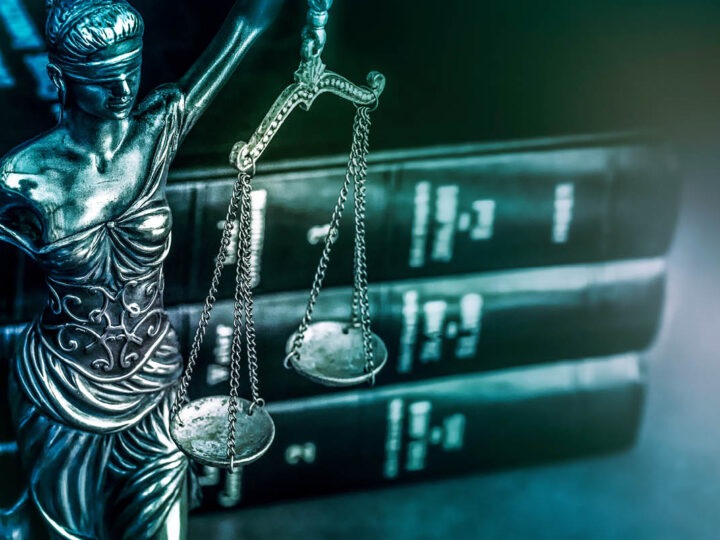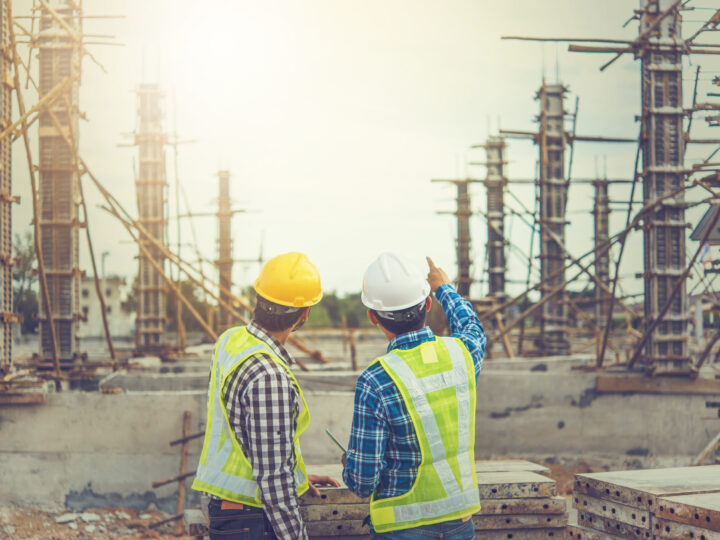
Claims Retrospective: Engineers Should Address Both the Possibility and Existence of Unforeseen Conditions Directly and Immediately
Most seasoned engineers have had the unfortunate experience of discovering an unforeseen condition that greatly affects the project after construction has already begun. These unforeseen conditions can include constituents of concern, structures, or materials that have been damaged by weather and/or wildlife, and erroneously constructed or outdated structures. Indeed, the late discovery of unforeseen conditions often causes engineers a great amount of stress—and for good reason—as the handling of these unforeseen conditions is a frequent subject of litigation.
However, there are ways in which an engineer can confront these hidden, claim-generating conditions in a manner that will ultimately reduce the engineer’s liability. The first way in which an engineer can address unforeseen conditions is in the engineer’s contract prior to undertaking any work on a project. An engineer can affirmatively address unforeseen conditions in its contract, disclaiming any liability arising out of same and/or setting up a protocol for dealing with unforeseen conditions upon discovery.
Addressing unforeseen conditions is especially important when the engineer is dealing with particularly old or historical structures or when a client does not wish to bear the expense of the preliminary, investigatory reports recommended by the engineer. With respect to the latter, the engineer should identify in writing the preliminary, investigatory reports that it recommends and have the client acknowledge in writing that the client is choosing to move forward with the project without obtaining same.
In some circumstances, the engineer may be uncomfortable proceeding with the work in the absence of the recommended reports. However, should the engineer choose to move forward with the work in the absence of the recommended reports and an unforeseen condition that could have been discovered prior to commencement of the project is discovered after the project starts, the engineer will be able to point to said language in disclaiming liability for any delays or damages caused by the late discovery.
Further, if the engineer is dealing with a project where unforeseen conditions are anticipated or likely to surface, then having a protocol in place for how to proceed in the event of discovery of such an unforeseen condition can be very helpful. The protocol could be as simple as stating that the contractors are to cease construction and preserve the area pending review of the condition from the engineer. Again, if the contractors or the owners proceed with construction despite such language in the engineer’s contract, the engineer will be able to point to said language in disclaiming any liability for damages caused by the condition.
The second way in which an engineer can address an unforeseen condition is upon its discovery. Even if the engineer has addressed unforeseen conditions in its contract, it will be important for the engineer to document the unforeseen condition upon its discovery as well as the engineer’s recommendations, if any, for dealing with same. The engineer’s recommendations for handling any unforeseen condition should be documented clearly in writing. If more than one option is offered, the pros and cons of the options should also be set forth in writing.
Moreover, the engineer may want to consider being on site when the unforeseen condition is being addressed so it can observe whether its recommendations are being followed and what effect the condition is having on other elements of the project. Again, documentation of the engineer’s observations can be used to defend the engineer in the event of litigation.
Whether the engineer is addressing unforeseen conditions in its contract prior to commencing work or upon discovery of the unforeseen condition during construction, the engineer should always confront unforeseen conditions directly and document in writing how they are handled or are to be handled.






